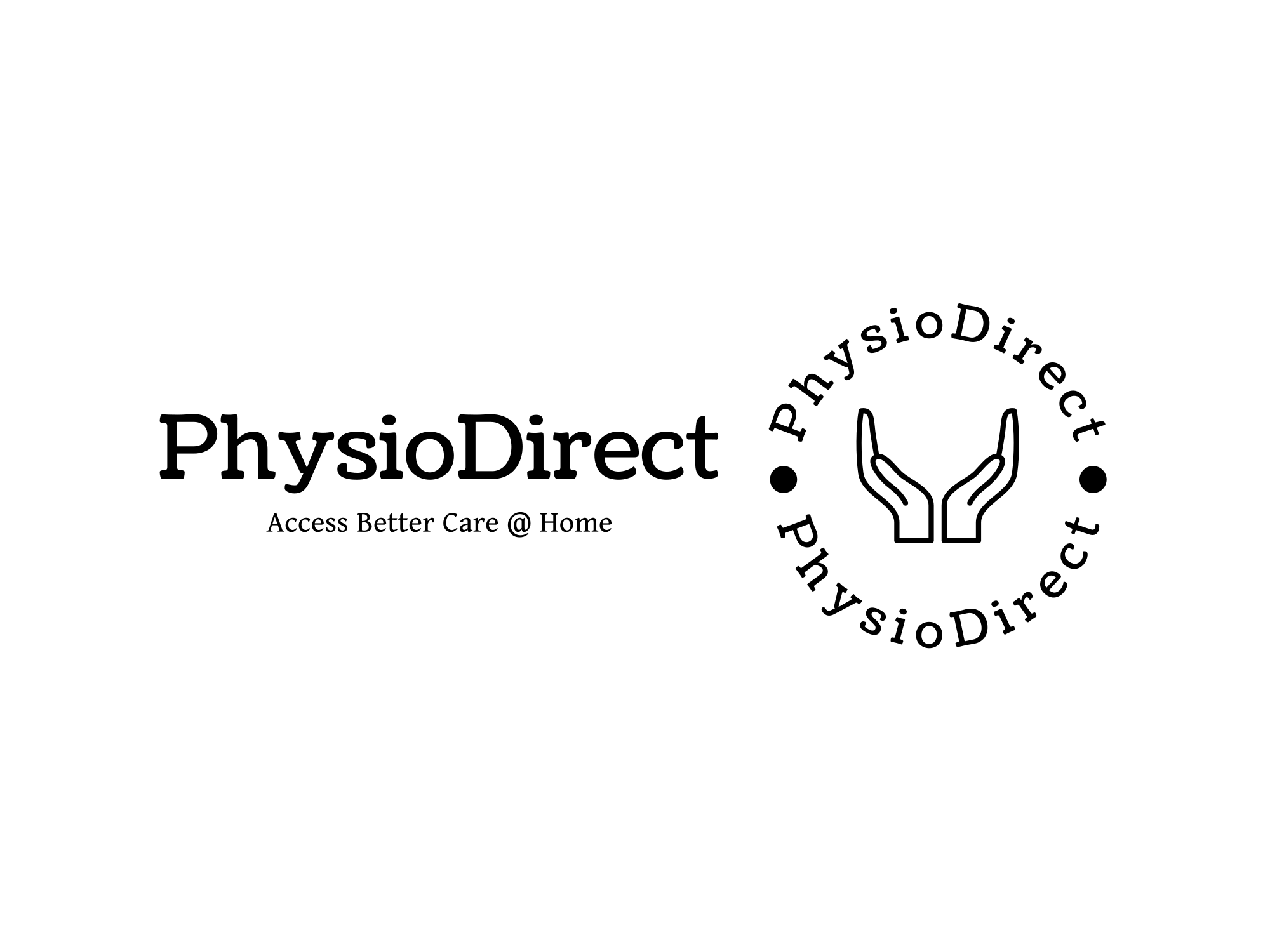Little Wins Matter: The First Steps After Surgery
By Saibu Philip – Chartered Physiotherapist
Recovering from surgery, especially a joint replacement, can feel overwhelming. Many patients wonder “How long will it take?” or “When will I walk again?”. The truth is – recovery isn’t about rushing. It’s about celebrating small wins that build up to life-changing progress.
In this blog, I’ll guide you through the first steps after surgery, why home physiotherapy is a game-changer, and how working with a private physiotherapist can make recovery smoother and more comfortable.
Table of Contents
- Why Recovery After Surgery Feels Like a Big Challenge
- The Importance of Small Wins in Recovery
- The Role of Family Support During Recovery
- How Home Physiotherapy Helps After Surgery
- Post-Surgery Rehabilitation with a Private Physiotherapist
- Common Recovery Milestones After Joint Replacement
- Emotional Wins: Why Confidence Matters in Healing
- FAQs on Post-Surgery Physiotherapy
- Book Your Home Physiotherapy in Dublin
Why Recovery After Surgery Feels Like a Big Challenge
Joint replacements like Total Hip Replacement (THR), Total Knee Replacement (TKR), or shoulder surgery bring big improvements to quality of life, but the journey starts slow.
Patients often feel weak, anxious, or even fearful of moving again. Pain, stiffness, and the risk of falls add to the challenge. Without guidance, many patients either push too hard (risking injury) or avoid movement (leading to stiffness).
That’s where structured rehabilitation becomes essential.
The Importance of Small Wins in Recovery
Recovery isn’t a straight road – it’s full of little milestones. Each win matters:
- Walking across the living room without help
- Standing up from a chair with less pain
- Getting back to small daily routines like making tea or gardening
Why do these matter? Because every small step strengthens muscles, improves circulation, and rebuilds confidence. Over time, small wins add up to big victories.
The Role of Family Support During Recovery
Family encouragement is just as important as physiotherapy. A kind reminder to do exercises, helping with safe mobility, or simply celebrating progress keeps patients motivated.
In-home physiotherapy, families can observe exercises and learn techniques, making care more consistent and empowering patients to keep improving between sessions.
How Home Physiotherapy Helps After Surgery
Traveling to a clinic after surgery is often difficult. Home physiotherapy allows patients to recover in comfort. A qualified physiotherapist tailors exercises to your space, ensuring safety and consistency.
Benefits include:
- Personalised exercise plans designed around your condition
- Pain and swelling management to speed up healing
- Balance and gait training to prevent falls
- Faster return to daily routines with confidence
Post-Surgery Rehabilitation with a Private Physiotherapist
A private physiotherapist provides one-to-one attention, something group sessions cannot offer. Every patient’s surgery and body is unique, so the rehabilitation plan must be too.
This personal approach helps avoid complications, ensures exercises are performed correctly, and keeps progress on track.
Common Recovery Milestones After Joint Replacement
Stage | Milestone | What It Means |
Week 1–2 | Standing & first assisted steps | Building initial mobility |
Week 2–4 | Walking short distances | Confidence improves |
Week 4–6 | Daily tasks get easier | Regaining independence |
Week 6–12 | Longer walks, stairs, light activity | Major improvement |
3+ months | Stronger, active lifestyle | Return to hobbies & normal routines |
Note: Timelines vary depending on surgery type, age, and overall health.
Emotional Wins: Why Confidence Matters in Healing
Physiotherapy isn’t just about physical recovery; it’s also about restoring confidence. Patients often fear falling, re-injury, or “doing it wrong.” With guided support, those fears ease, and patients feel safe to push their limits.
Confidence accelerates healing because when patients trust their body again, they move more, and movement is medicine.
FAQs on Post-Surgery Physiotherapy
Q1: How soon should I start physiotherapy after surgery?
👉 Most patients begin within a few days post-surgery, guided by their surgeon and physiotherapist.
Q2: Can physiotherapy at home be as effective as in a clinic?
👉 Yes. With a home physiotherapist, treatment is tailored to your environment, making exercises practical and safe.
Q3: How long does full recovery take after a knee or hip replacement?
👉 Recovery varies, but most patients see major improvements within 6–12 weeks, with steady progress after.
Q4: Is physiotherapy necessary even if I feel fine?
👉 Absolutely. Physiotherapy prevents stiffness, builds strength, and reduces risk of long-term complications.
Q5: Can elderly patients benefit from post-surgery physiotherapy?
👉 Definitely. Gentle, structured exercises help seniors maintain mobility, prevent falls, and stay independent.
Book Your Home Physiotherapy in Dublin
Every big recovery starts with small wins – and we’re here to guide you through them.
If you or your loved one has had a surgery and needs post-surgery rehabilitation, our physiotherapists can bring expert care right to your home.
Call us today or send a WhatsApp message to book your first session and take the first confident step towards recovery.
Author: Saibu Philip – Chartered Physiotherapist
(CORU Registered | Specialist in Home Physiotherapy & Post-Surgery Rehabilitation)


